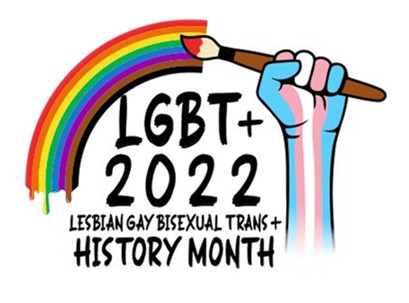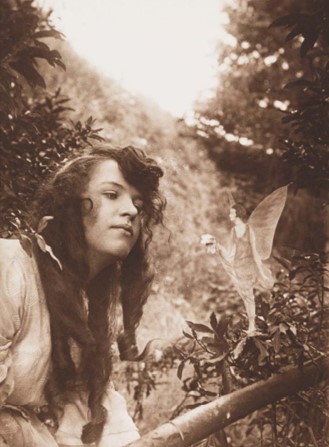
Can one film change the language of cinema?
https://www.youtube.com/watch?v=9yIssQulg2c
Sebastian Schipper is a German director with a lot of nerve, if not verve. Barred from entry to this year’s Oscars for Best Foreign Language Film because there was too much English in it – I shall return to this later, his genre-busting one-shot movie Victoria, demands of the student of Film Culture some serious reflection.
Victoria is, in most respects, a very straight-forward romance. A young Spanish girl living and working in Berlin gets the hots for a German layabout who she meets with his friends outside a nightclub. In real-time this remarkable cinematic feat follows an unfolding drama that starts in the dark hour before dawn and ends in the early morning light some two and a quarter hours later. It made me think of Butch Cassidy and the Sundance Kid (George Roy Hill US 1969) meets Bonny and Clyde (Arthur Penn, US 1967). What starts as fun rapidly escalates into mayhem and death. Correctly, the Norwegian cameraman Sturla Brandth Grøvien, who also shot the visually stunning Rams, (Grimur Hákonarson Iceland 2015), receives top billing. To carry a camera for over 2 hours following a minutely choreographed performance is no mean feat, especially when much of the dialogue and action was also improvised.
Victoria is not the first one-shot movie. Wikipedia lists twelve since 1982. Of course the very first films were all one shot movies – only not very long. However, Mike Figgis’ Timecode made in 2000 was truly ground-breaking as it employed digital technology for the first time to tell a story in real time using four different camera points of view at the same time. Alexander Sukurov’s Russian Arc made in 2002 and set entirely in the Hermitage in St. Petersburg was a remarkable piece of choreographed cinematography. Many have tried to make films with as few shots as possible. Think Alfred Hitchcock’s Rope made in 1948 with just 11 shots or more recently Alejandro Iñárritu’s Birdman from 2014 where edits where made invisible through clever transitions between scenes.
However, I think Victoria has demonstrated something that challenges our notion of the language of film. Editing, we have always believed is where magic happens. The Film Culture course devotes a lot of time to exploring, understanding and discovering the language of film which is driven by the craft of editing. So, when there is no editing any more, are we now, thanks to the wonders of digital technology truly in a new age of cinema? There is no doubt that others will now make more films in one shot. What, in my view sets Victoria apart is the scenario. Despite its faults in narrative structure which one can debate, the suspension of disbelief is complete simply because the events on screen feel real. At no point after the first few minutes of the film did I think about how the film was edited. It was irrelevant to what was happening on screen. This is a film that needs to be seen and to be reflected upon because I believe it really changes the rules. That is because of its style and content.
Back to the Oscars. Victoria demonstrates effortlessly how the English language has become the default means of communication between people. We know this because we see it all the time in our daily lives and travels. Is it right that a film made in Germany by a German and with German money, which use language, both German and English in an entirely authentic way should be considered not to be a valid foreign language film?






An observation about Victoria’s status as a foreign language film – following reading about its commercial success in Sight and Sound.
It appear the distributors faced a choice – they could release the film without subtitles – that way the audience would understand the English dialogue that Victoria understands but not the German which she doesn’t – or release it with subtitles. They chose the latter, which is understandable commercially, but it does make me wonder if the experience would have been different if the audience had to work out what was going on, as in The Tribe.
I think it is possible to watch something without understanding the language if one knows the story, eg the Mongolian version of Hamlet. But in the case of Victoria, she did understand some German and she had some things explained. The subtitles helped me understand the characters better. I am not sure that being linguistically deprived would have made the narrative any more surprising. Ultimately, film makers want and need their films to be seen so sub-titles are kinda important. Interesting that you reference The Tribe. I wonder what others think. Maybe watch the two films back to back?
> So, when there is no editing any more, are we now, thanks to the wonders of digital
> technology truly in a new age of cinema?
I’d like to hope not… I’d like to think that one-shots are still used for artistic and/or emotional reasons, but I can’t help but feel that there are people out there attempting one-shot films for recognition (or pure laziness, in some cases) rather than artistic reasons – but, of course, there are also technical reasons for them, too. I recently worked on a music promo which was shot 100% on Steadicam. The decision was made to do this because of actor movement; the video was shot while the singers/dancers moved through multiple rooms. We made three or four takes of the one-shot, although pick-ups were then shot to be used during the introduction and edited in. But after the first 15 seconds or so the remainder of the video is a single shot.
And while on the subject of English-language films: I recently discussed creating a short film with another couple of film-makers. There was myself, another Englishman and an Argentinian. At this point, I need to make it clear that we all live in Finland. This will be the second short I’ll have made with my Argentinian director friend and we intend it to be in Finnish, as we did for the short we made last year. The other Englishman at the table was astonished to hear that we wouldn’t do it in English – he was looking at us like we were a couple of idiots. While we chose to do it simply because we felt we should go with the local language and possibly a bit of local recognition, the other English guy seemed to be much more concerned about the marketing and promotional side of it. Hence, his wish to use English. His argument was, “Who’s your audience?”. While I could see his point, I’d feel like such a sell-out shooting a film in English in a non-English-speaking country – unless, of course, there was a valid reason for it.
There even seems to be a new direction in Finnish cinema, which involves employing known English-speaking actors and somehow finding a role for them a Finnish film. The two so far are ‘Hulluna Saraan’ (with Emilie de Ravin – the Australian lass from ‘Lost’) and ‘Big Game’ (with Samuel L. Jackson). There was also the Santa Claus film, ‘Rare Exports’, which used both languages. I’m torn between wondering whether it’s for international recognition or financial/marketing gain. Maybe a bit of both…?